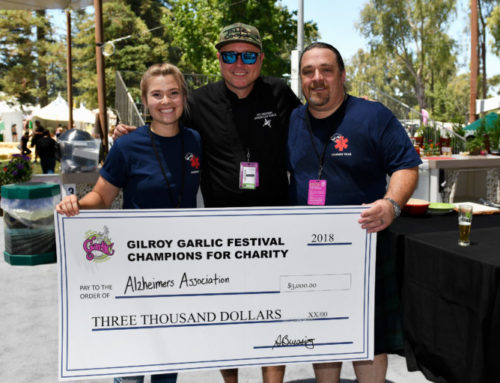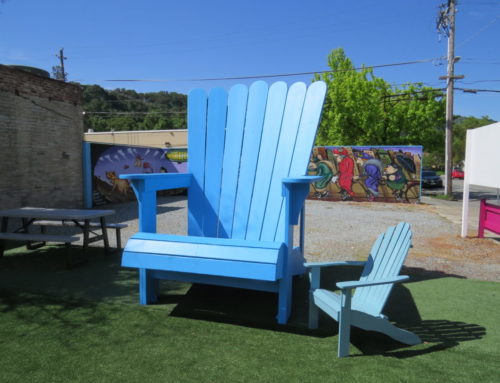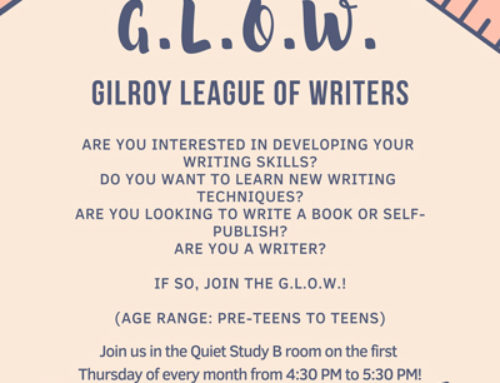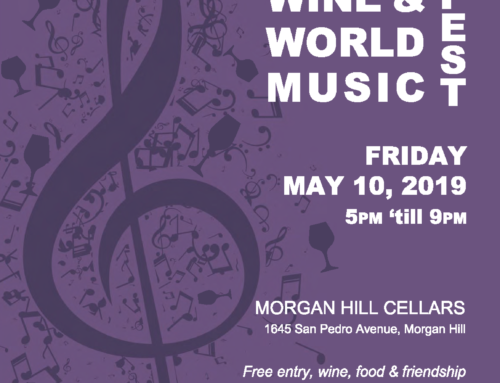Published in the January 20 – February 2, 2016 issue of Morgan Hill Life
By Alex Kennett

Photo courtesy Alex Kennett
Alex and Yarka Kennett visited Cuba late last year and are looking forward to returning in a few years.
Ever since my father and I picked up his brother from the San Francisco International Airport in September1962, I’ve wanted to visit Cuba.
I remember it well since I was able to get out of school for the day. My uncle, a historically dapper dresser, came off the plane wearing three suits and looking completely frazzled. He’d just been released by the Fidel Castro government. His family was released in January 1961, and now he was ready to make a new start in the United States.
Two huge steamer trunks had to be loaded in my dad’s 1957 Plymouth station wagon and then hauled up two flights of stairs to our apartment in the city. Clearly, that is why I was pulled out of school.
Not a stitch of clothing was to be found in the trunks. They were full of Cuban cigars — a very expensive luxury in 1962. It gave my uncle his new start in life in America.
My wife, Yarka, and I wanted to visit Cuba before McDonald’s and Starbuck’s changed the cultural landscape.
Starting the process in June of 2015, we got our cultural exchange visas and made arrangements to fly from Miami directly to Jose Marti Airport in Havana. We became part of a small group that in nine days would travel through Havana and immediate environs, then on to the cities of Cienfuegos and Trinidad and finally Santa Clara, the city from where my family immigrated. In a sense, Yarka and I are still digesting the trip. So much of what you hear about Cuba is true:
It’s a time warp — all the cars from the 1950s are still the normal form of transportation. They are everywhere. Pontiacs running on a Volkswagen turbo diesel drive trains and Chevys with Chrysler headlights and Studebaker taillights.
The infrastructure — it has been ignored and the government is struggling to catch up to prepare for the influx of tourists from the U.S. Tourists from Latin America, Europe and Canada have been going for years but they don’t require the level of hospitality that we Americans do.
Police — they are everywhere, both in uniform and undercover. People tend to only trust people they’ve known for a long time. Yet when it came to communicating with the people we met, we found them friendly, hospitable and they looked you in the eye. We had two “handlers” to make sure we didn’t stray, but they were more than accommodating, especially if it meant joining us for a Pina Colada or Mojito.
And at the same time we found in our traveling through Cuba so many surprises:
Medical — this country with slightly more than 11 million people has 16 medical schools including Escuela Latinoamericana de Medicina, the largest medical school in the world with almost 20,000 students, including 120 Americans, all for free. Cuba claims to be the largest contributor to Doctors Without Borders. During Hurricane Katrina they offered the U.S. help. Preventive medicine is the byword and there is no cost to anyone and no Cuban remains untreated.
Religion — unlike his Leninist sponsors, Castro allowed free worship with exceptions — no “American” religions, such as Southern Baptist, Evangelical Christianity and Mormonism, were tolerated. Cuba remains 70 percent Roman Catholic with most of the remaining faith called Santarita — a mix of West African and Catholicism. There is still a sizable Jewish population.
Ownership — Castro promised ownership and he delivered. People who worked for generations under foreign ownership were given up to 160 acres of land if they were rural or an abode of their own if they were urban. It’s not fee ownership as we know it but more like a life estate. They can live there for generations and can even “exchange” for another like property or bigger property if the government allows it. A person can own an apartment in a building; perhaps two apartments in a building, but they can’t own the building. A farmer owns his land, his chickens, pigs and horses. The government owns his cows.
Education — mandatory and focused. As early as the first grade kids are assessed and moved into talent-specific schooling through high school. The country is 100 percent literate.
Dining — an adventure. We are supposed to dine in the appropriate hotels and approved government-owned establishments. The best places to eat are called “paladares.” They are run by people out of their homes. More than half the workers must be relatives. Our taxi driver took us in an old-Soviet era sedan that stunk to high heaven, to a street that you wouldn’t go to in broad daylight let alone at 10 p.m., to a building that had a crumbling facade with ruble in the lobby from a partially-collapsed roof, then up a marble staircase with no lights and a partial banister to the most amazing white-linen dining establishment we’ve ever been to. For about $40 each we had a seven-course meal including steak and lobster with two wines.
Cigars and rum — as part of its preventive medicine campaign, Cuba is virtually a non-smoking country. The cigars are for tourists and for export. The product is grown and produced in western Cuba and the production facilities are a state-kept secret. Rum, on the other hand, is everywhere. Many people produce their own. Since Bacardi left in 1961, Havana Club is the official rum of Cuba.
Since we returned I discovered my family’s address so we are tentatively planning to return in a few years to compare the cultural landscape and see what my uncle left behind. We’re hoping the best that Cuba has to offer remains in place. Both the U.S. and Cuba have been through so much together it would be a shame to have this vibrant country loose its identity.
Alex Kennett is a Morgan Hill resident. He wrote this column for Morgan Hill Life.






